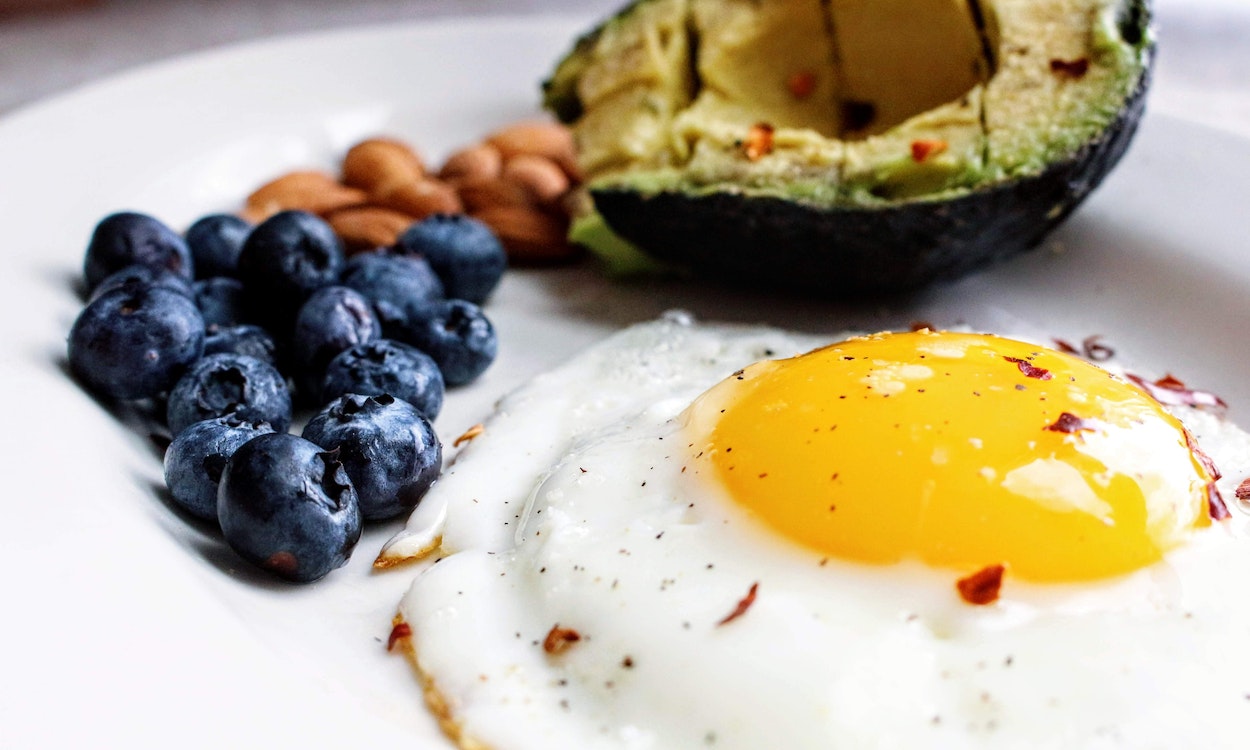Building a balanced plate
Having a ‘balanced plate’ at every meal is important to keep you feeling fuller for longer and increase your energy levels. This article is a reminder on how to ensure that you are getting the most out of your meals.
1) Load up on vegetables
At least half of your plate should be filled with an array of vegetables. They’re rich in fibre, which is key for keeping us feeling full. Eating a wide range of plant foods is also great for our gut health. In fact, including at least 30 different types of plant foods per week has shown to significantly improve gut microbiome diversity. All the health benefits of the vitamins and minerals we find in fruits and vegetables mean that at least half of your plate should be made up of them
2) Include your protein
Protein forms the building blocks for all our bodily tissue, playing a pivotal role in the growth and repair of muscle, skin, bone and organ tissue, so it’s crucial we eat enough in our diets. You should aim to include at least one protein source with every meal. Protein requires a lot of effort to be digested and it is estimated that we use between 20% and 30% of the calories supplied by protein just to break it down. Because it takes so long to digest, protein keeps us feeling fuller for longer so if we eat more protein at mealtimes, we can reduce the need to reach for snacks.
3) Pick complex carbs
Carbohydrates are often given a bad reputation when it comes to weight gain, but they are our body’s primary energy source. When building your plate, it is important to choose complex or whole grains. Whole grains supply us with B-vitamins which play a vital role in energy metabolism. They are also rich in fibre, which helps to slow the digestion and release of sugar into the bloodstream. By having this more gradual release, our body is supplied with energy more consistently, minimising blood sugar crashes and cravings.
4) Don’t forget about healthy fats
The final ingredient on your plate should be fat. This is another nutrient that is touted as being unhealthy, but some fats are really good for us. Fat is a vital part of our diets, providing essential fatty acids and helping us absorb vitamins. It’s all about choosing the right type. When we refer to ‘healthy fats’, we mean the unsaturated kind found in plant foods and oily fish. Unsaturated fat helps keep blood cholesterol at healthy levels which protects the heart.
If you are interested in learning more about a healthy diet, then follow the links below for more information:


